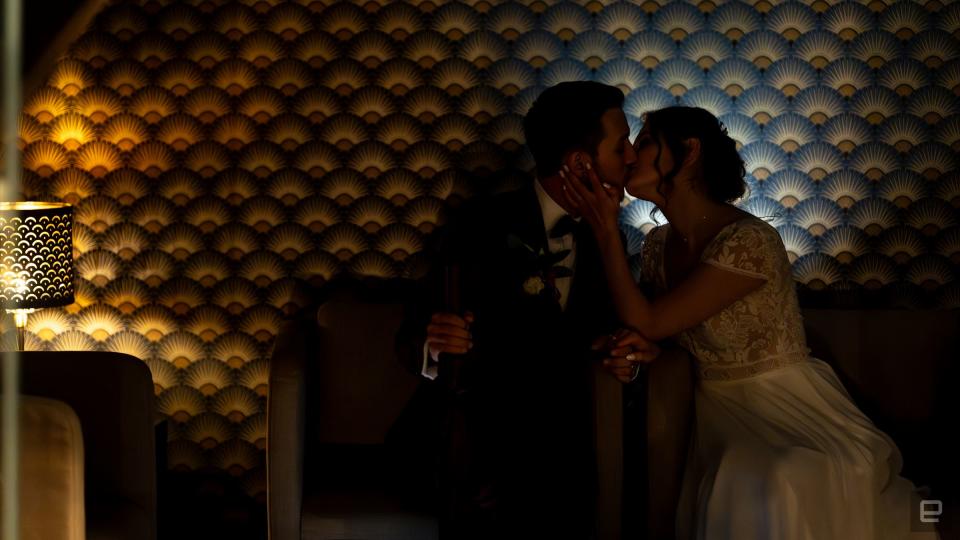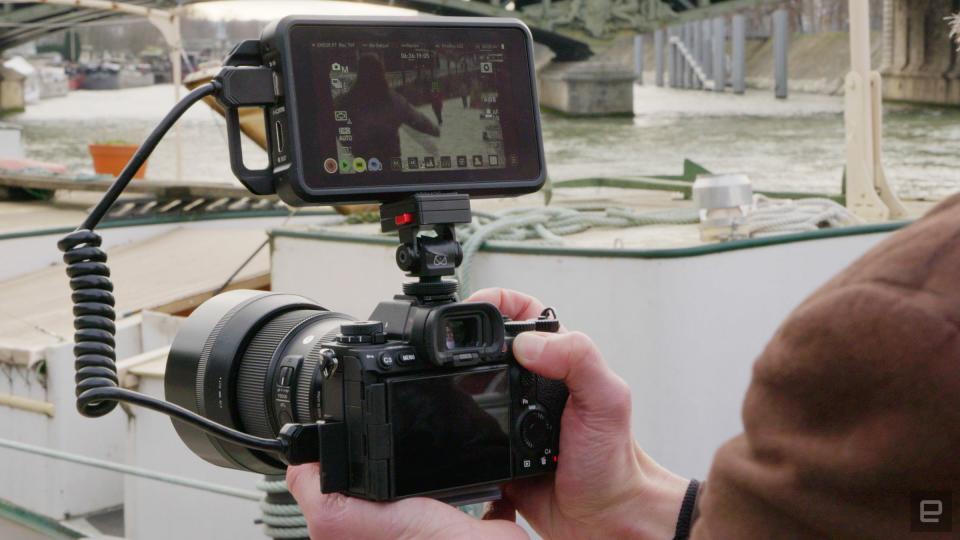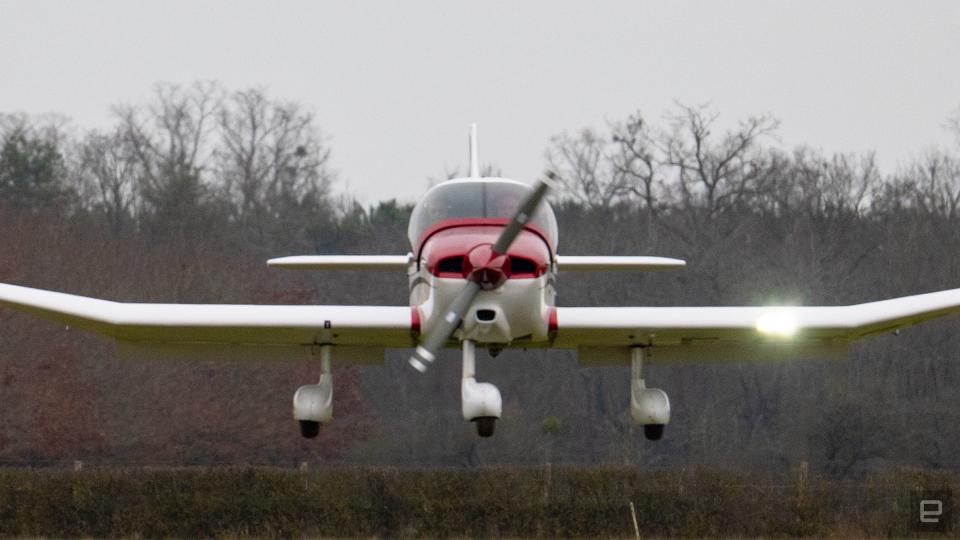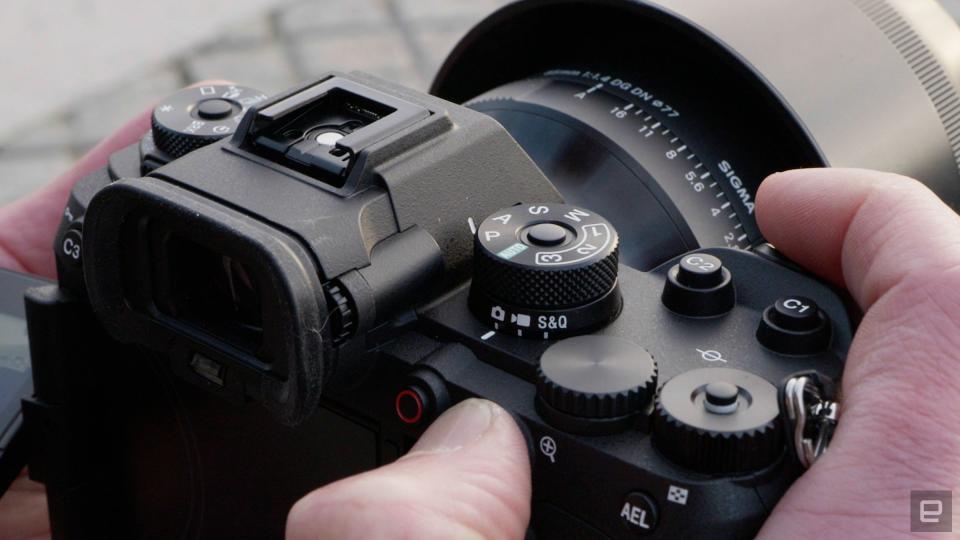As mentioned, the primary issue with this camera is image quality. So is how much does it fall below regular CMOS cameras? To test that, I shot in situations including gymnasiums, night scenes, bird shooting, an airport and more.
There’s no question that dynamic range is reduced compared to Sony cameras like the A1, at least by a stop. The reason is that the sensor has less light capacity due to the space taken up by the extra electronics.
It also has a smaller ISO range, both on the high and low end. Minimum ISO is not great at 250 and at the high end, ISO is limited to 25,600, half that of the A9 II.
In general, there’s more noise and less dynamic range at any given ISO setting than the A9 II. At the same time, the resolution is lower than rivals like the Nikon Z9 and Sony’s own A7R V and A1. So for landscapes, portraits and other types of photography where dynamic range and resolution is important (and speed isn’t), the A9 III isn’t the best choice.


That said, you’d need to pixel peep to notice any major difference in image quality between rival 24-megapixel cameras up to about ISO 6400. For the intended audience of sports, action and wildlife shooters, it’s more than sufficient.
Beyond that, images are noisier, but still usable up to the maximum ISO 25,600 with noise reduction (Sony appears to have more aggressive noise reduction for JPEG images at higher ISOs). I had no difficulty extracting good shots in dark scenes at ISO 6400 or even ISO 12,800. And as mentioned, you have more control with a flash than any other camera on the market – so that’s a solid option in low light.
Otherwise, images are typical for Sony, with accurate colors and skin tones. The 14-bit RAW files are easy to work with and allow some pushing and pulling, particularly in highlights.
Video


Sony took advantage of the global shutter to make the A9 III its most capable mirrorless camera for video. 4K at up to 60 fps is supersampled using the full 6K sensor width, while 4K at 120 fps can also be shot using the full sensor, albeit with pixel binning. That mode supports full 120 fps playback as well, or slower playback modes via the slow and quick (S&Q) setting.
RAW 4K capture at 60 fps is also possible using an external recorder. All of those modes are available with 10-bit S-Log 3 recording to expand dynamic range in challenging lighting conditions.
That’s just the start of the A9 III’s video powers. Autofocus is as fast and accurate in video as stills mode and has all the same AI features. That means you’ll be sure to keep even fast-moving subjects sharp, whether they’re people, birds, animals or vehicles.
Those who prefer to shoot manually can employ Sony’s handy focus map feature. It has the auto-framing seen on previous Sony models like the ZV-E1 that lets YouTubers move around while filming themselves. You also get the digital zoom feature that reduces focus breathing for supported lenses, with some loss of quality.


Airplane propeller distortion in video is a telltale sign of a rolling shutter camera, so naturally we had to test the A9 III at an airport against Sony’s stacked sensor A1. Our findings? While the A1 still produces bendy propellers, they’re of course dead straight on the A9 III. That trivial test has large implications. You can shoot things like whip pans or a fast moving train that you’d never try with a rolling shutter sensor. And since everything is exposed at once like a film camera, it’s more cinematic.
The A9 III does have some video competition, as RED just launched a pair of full-frame global shutter cinema cameras last month.
It has the same excellent video stabilization capabilities as the ZV-E1. Regular optical stabilization is good for handheld shots without much movement, or you can kick in the dynamic active mode for walking. That provides near gimbal levels of smoothness, though there’s a considerable zoom and loss of sharpness.
Much as with photos, video quality isn’t quite up to other full-frame cameras, with more noise in general. I shot in S-Log3 most of the time to maximize dynamic range and was satisfied with the results. In low light, I was forced to use some noise reduction.
Quality is still better than any APS-C mirrorless or cinema camera. I think the global shutter advantages, particularly the elimination of rolling shutter, will be worth the tradeoff in quality for a large number of videographers.
Wrap-up


Sony launched its first full-frame mirrorless camera, the A7, years before rivals, and was first to market with backside illuminated and stacked sensors. Lately though, rivals (especially Canon) have been catching up and the field has leveled. With the first global shutter camera, Sony has taken a leap ahead once again.
Image quality has held global sensor cameras back, but Sony clearly felt that the time was finally right. It was a wise calculation — the A9 III is far better than I expected for a first-gen product. It offers mind-blowing speeds and incredible video capabilities, with a relatively small cost in image quality..
Its primary rivals are the $4,800 Canon R3, Sony’s own $6,500 A1, the $5,650 Nikon Z9 and $3,800 Z8, all stacked sensor cameras. The latter three offer much higher resolution and better picture quality, plus shooting speeds that are still darn fast. They all have some rolling shutter, though, along with flicker and flash sync issues that don’t exist on the A9 III.
Whether it’s worth risking that kind of money on new and unproven stacked sensor tech depends on the buyer. Action photographers and videographers won’t blink at the cost if they advantages of global shutter will help them make money. Unless you really need those benefits, though, Nikon’s Z9 and Z8, along with Sony’s A1, are more versatile cameras — and the Z8 is significantly cheaper.

